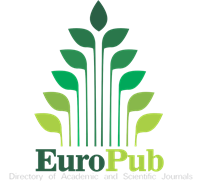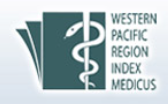Abstract:
Objective To explore the relationship of parental control and peer relationship with pro-social behavior among junior high school students, so as to provide methods and strategies for promoting pro-social behavior among junior high school students. Methods From June to July 2022, a combination of convenience sampling and cluster random sampling methods was used to select three junior high schools from Suzhou and Xuancheng in Anhui Province. A total of 2 564 students from the first to the third year of junior high school were administered questionnaires, including the Parental Control Questionnaire, the Pro-social Scale, and the Adolescent Peer Relationship Scale. Measurement data was analyzed by t-test or ANOVA, correlation analysis by Pearson correlation analysis, and mediation effect analysis by Process analysis. Results Boys (185.31±27.49, 21.65±7.43, 21.77±8.18, 69.50±11.41, 72.39±11.53) scored higher than girls (178.21±25.13, 20.08±7.09, 20.61±7.62, 66.56±11.14, 70.95±11.84) in the parental control and four dimensions of father psychological control, mother psychological control, father behavioral control and mother behavioral control (t=6.83, 5.47, 3.70, 6.60, 3.12), and girls scored higher than boys on peer relationship (48.41±11.26, 47.13±10.84)(t=-2.95) (P < 0.01). There were statistically significant differences in scores for parental control, parental psychological control, maternal psychological control, paternal behavioral control, maternal behavioral control, peer relationships, and pro-social behavior among junior high school students of different grades (F=9.44, 12.87, 13.61, 6.84, 4.12, 42.85, 2.98, P < 0.05). Parental control scores were positively correlated with pro-social behavior scores, and pro-social behavior scores were negatively correlated with peer relationships scores (r=0.32, -0.19, P < 0.01). Peer relationships partially mediate between parental control and pro-social behavior, with a mediation effect value of -0.02, accounting for 6.79% of the total effect.And there was a masking effect between parental psychological control and pro-social behavior. Conclusions Excessive parental control is associated with the decrease of pro-social behaviors among junior high school students, while good peer relationship acts as a mediator to increase pro-social behavior among junior high school students. Therefore, good family parenting styles and guiding adolescents to positive peer interactions are conducive to promoting the development of behavioral norms and socialization and fostering pro-social behavior.











